Terminology
1. Market Neutral Strategy:
This is a popular strategy that involves purchasing a group of investments that are expected to go up, and then offsetting these investments dollar-for-dollar by short-selling the overall market (one of the S&P 500 Index ETFs, for example). If the portion that is expected to go up does better than the short-sold portion, the fund would make money. This can be a useful strategy to market to investors who are concerned about market crashes.
2. Hedged equity strategy:
This strategy is similar to the market neutral strategy, except instead of shorting the entire portion of the portfolio that you expect to rise on a dollar-for-dollar basis, only a portion would be shorted. For example, if you had a $1 million portfolio, $300,000 may be shorted. This means if the market were to collapse there would be some protection, but generally speaking your fund would be structured to make money from markets rising.
3. Global Macro strategy:
This type of strategy seeks to make money from large economic trends. If you have extensive knowledge of economics, global economic trends, global economies, and how these pieces fit together, this may be a good strategy to pursue. Global Macro strategies make money by forming an idea of what will happen to a particular country’s (or multiple countries), stock index, interest rate, currency, or inflation/deflation levels.
